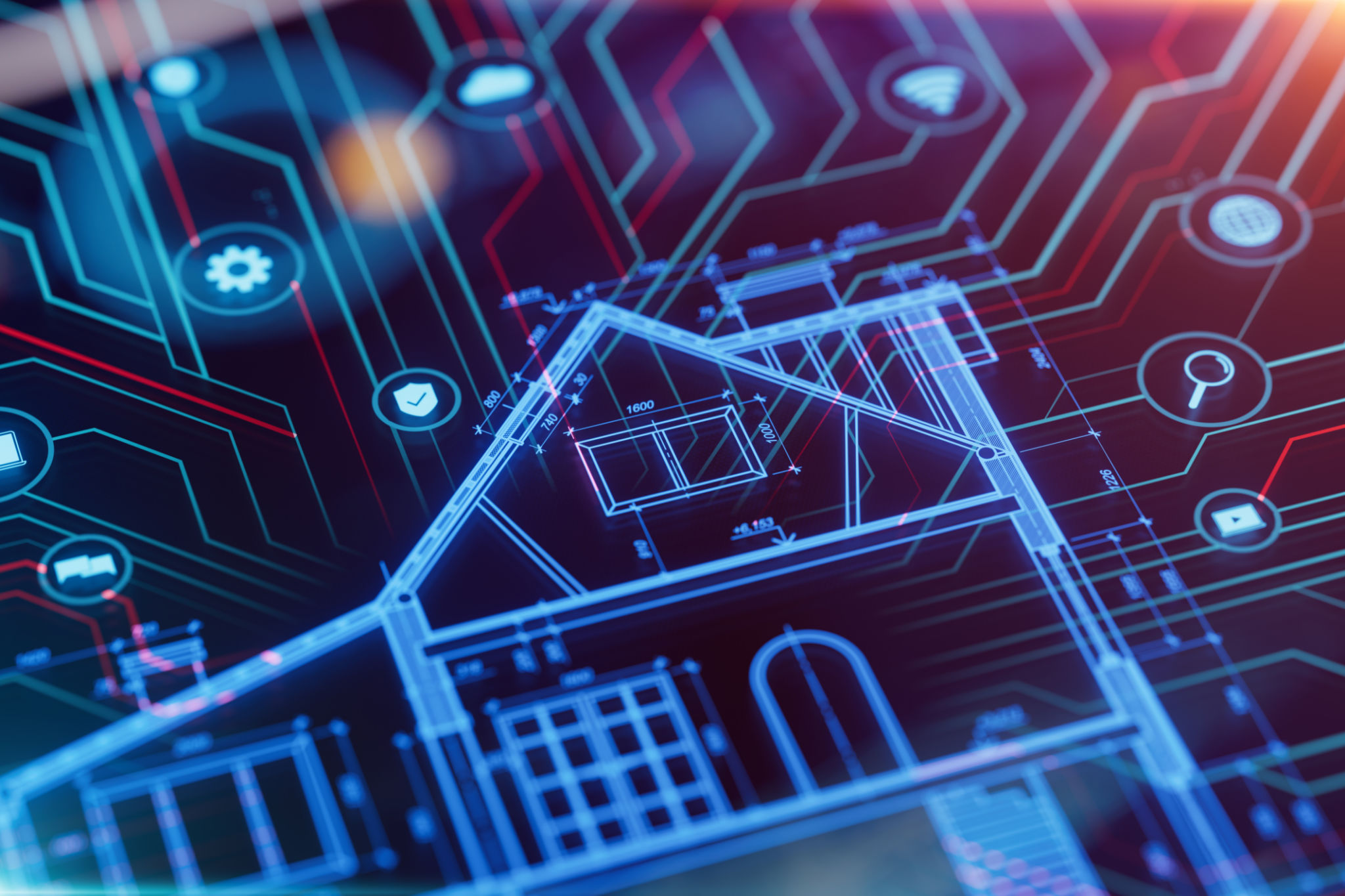Common Misconceptions About Smart Homes and How to Avoid Them
AD
Understanding Smart Homes
Smart homes have become increasingly popular, promising convenience, efficiency, and enhanced security. However, several misconceptions still cloud the understanding of what a smart home truly entails. It's essential to debunk these myths to make informed decisions about incorporating smart technology into your home.

Misconception 1: Smart Homes Are Incredibly Expensive
A common belief is that smart homes are only for the wealthy. While it's true that some high-end systems can be costly, there are many affordable options available that cater to various budgets. You can start small with a few smart devices and gradually expand as your needs and budget allow.
To manage costs effectively, consider prioritizing devices that offer the most benefit for your lifestyle, such as smart thermostats or lighting systems. These can provide energy savings, which may offset initial expenses over time.
Misconception 2: Smart Homes Are Complicated to Set Up and Use
Another misconception is that smart home technology is too complex for the average person. The reality is that most smart devices are designed with user-friendliness in mind. Many systems offer intuitive apps and voice control features that simplify the operation of smart devices.
If you find setting up devices challenging, there are plenty of online resources and customer support services available to assist you. Some companies even offer professional installation services for those who prefer expert help.

Misconception 3: Smart Homes Are Vulnerable to Hacking
Security concerns are often cited as a reason for hesitation in adopting smart home technology. While any connected device can potentially be hacked, manufacturers have significantly improved security measures to protect user data and privacy.
To enhance security, users should follow best practices such as regularly updating device firmware, using strong and unique passwords, and setting up a secure Wi-Fi network. Implementing these steps can greatly reduce the risk of unauthorized access.
Misconception 4: Smart Devices Are Not Interoperable
Some people believe that smart devices from different brands cannot work together seamlessly. However, many smart home technologies are now designed to be compatible with a variety of platforms and ecosystems.
Before purchasing a new device, check for compatibility with the products you already own. Platforms like Google Assistant, Amazon Alexa, and Apple HomeKit offer broad compatibility with numerous third-party devices, ensuring a cohesive smart home experience.

Misconception 5: Smart Homes Only Offer Basic Automation
There's a belief that smart homes only provide basic automation tasks like turning lights on and off. In reality, modern smart homes can perform a wide range of sophisticated functions. From scheduling tasks to learning user habits and preferences, the possibilities are extensive.
Explore advanced features like geofencing, which allows your home to react based on your location, or scene setting, which coordinates multiple devices to create specific environments for different occasions. These features can significantly enhance your daily living experience.
Conclusion
Understanding and addressing these common misconceptions can pave the way for a more informed and confident approach to building a smart home. By considering your needs, budget, and preferences, you can create a customized smart home environment that enhances both convenience and security.